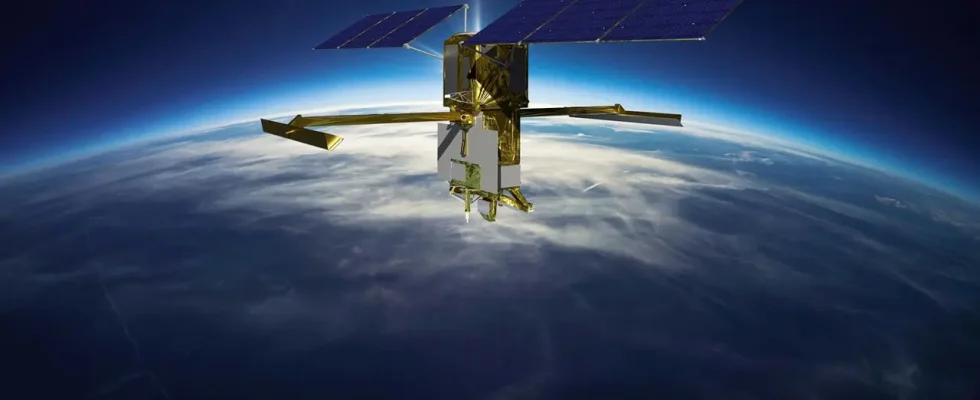Japan continues its breakthroughs in renewable energy sources. They are trying to dominate the sun’s rays with the project they have started since 2015. If Japan is successful in this energy breakthrough, it will have changed the balance between the countries of the world significantly. So what is this project? Here are the details…
Japan is trying to dominate the sun’s rays!
With the project it started in 2015, Japan is actually after transferring energy without the help of cables. In other words, it will receive the energy with the sun’s rays and transfer it wirelessly. This actually brings to mind Tesla’s huge project, Tesla Coils, in the first place, but the situation is a little different.
Tesla Coils were taking and distributing electrical energy without producing it. However, the Japanese first receive the sun’s rays, produce and then distribute. The way of distribution is not in all directions as in Tesla coils. In one desired direction. Their first success in this regard was to wirelessly beam 1.8 kilowatts of energy 50 meters, enough to power an electric water heater. It’s time to maximize it and make it available to people.
In line with Japan’s decisions and project planning, Kyoto University set its first target. The first step in the project managed by the university is to send a series of small satellites into space by 2025. These satellites will obtain energy from the sun’s rays thanks to the panels on them and will be able to send this energy to a desired one from the ground stations.
The point of sending here is actually beaming the energy. Although this seems impossible, it is not. It’s just a little complicated. To explain the issue in its simplest form, we can give an example. Imagine a set of mirrors facing each other from diagonal positions. When a ray of light hits one of these mirrors, the mirrors will reflect and reflect this ray to each other.

This is actually the teleportation in the project. Consider the mirrors a solar panel and the light source the Sun. Thus, the energy will go to the desired point quickly. But the project is not as cheap as described. The cost is quite high since many panels and ground stations are involved. It costs about $7 billion to install a series of panels that produce 1 gigawatt of energy, the output of one of the nuclear power plants currently used in Japan. This makes the project less permissive.
So what do you think about the Japan Sunbeam project? Don’t forget to give your opinion in the comments section…

